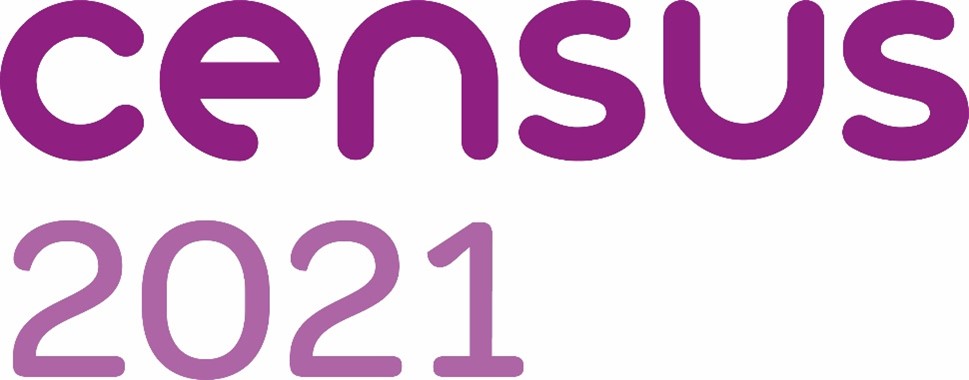Census 2021 is Coming Soon ….
Search for Volunteering Opportunities
New opportunities added daily. Powered by Be Collective.
Census 2021 is Coming Soon ….
Households across Northern Ireland will soon be asked to take part in the 2021 Census. The census happens only once every 10 years and gives a picture of all the people and households in Northern Ireland. The last census was in 2011 and counted 1,810,900 people living here. It will be the first census run predominantly online, with the majority of households receiving a letter with a unique access code, allowing them to complete the questionnaire on their computers, phones or tablets. Paper questionnaires will also be available.
There’s nothing else that provides a snapshot of society quite like the census. It gives three windows on our world: one looks at life in the past, another shows how we live now in the present, and one helps predict what we might need in the future. All this together helps make decisions about how to improve life for us all. It benefits everyone.
The information collected in the census is used to help make decisions about how vital public services such as hospitals, housing and emergency services are planned and funded. It is also used by community groups and charities to apply for funding so that they can provide the resources needed by the people they support. That is why your answers are so important.
Census day will be on 21 March 2021, but households across Northern Ireland will receive letters with online codes allowing them to take part from the beginning of March 2021. As soon as you get your code you can fill in the census.
There are options for you to complete online, on paper or via the telephone and anyone you trust can help you to complete.
Young people should be included as part of the household census form, however you can also request an individual access code. This code lets you answer your census questions separately from the people you live with, so they can’t see your answers. You can choose to receive your new access code by text or post. No one in your household will be told that you have requested an individual access code and your individual answers will take priority over any information submitted about you in the household census.
Census 2021 are working with a number of organisations to make sure that all people with health conditions or impairments are able to take part and have a range of accessibility support available. Their website has been accessibility tested and the electronic questionnaire is compatible with the majority of screen readers. There is guidance available in Braille and Easy Read as well as a Large Print questionnaire. They will soon have explanatory videos in British and Irish Sign Language with audio voiceover and subtitles.
There is a wide and diverse range of BME communities living in Northern Ireland and they want to make sure that everyone is counted. Language support is available in 17 languages and their Language Line can assist in up to 50 languages. For more information, visit Get Involved: Information Leaflets – Helping everyone take part in Census 2021 – Census 2021 to view the translated information leaflets.
To find out more visit census.gov.uk/ni or follow on Facebook and Twitter @NICensus2021
CENSUS FACTS
At the time of the last census…
- There were 703,300 households in Northern Ireland made up of 1,810,900 people
- The vast majority (1.788 million) of Northern Ireland’s population lived in private households on Census Day 2011, with the remaining 22,500 people living in communal establishments, such as university halls of residence and nursing homes.
- The main household space types were detached houses or bungalows – 37 %, semi-detached houses or bungalows – 28%, terraced properties – 25% and flats or apartments – 9%.
- The average household size was 2.54 people
- Only 0.5% of households had no central heating
- Over three-quarters of households (77 %) had access to a car or van
- Almost three-fifths (58 %) of people aged 16 to 74 years who were in employment usually drove a vehicle to work, while 10% worked mainly at or from home.
You can find more census facts from 2011 and earlier years at nisra.gov.uk/statistics/census



